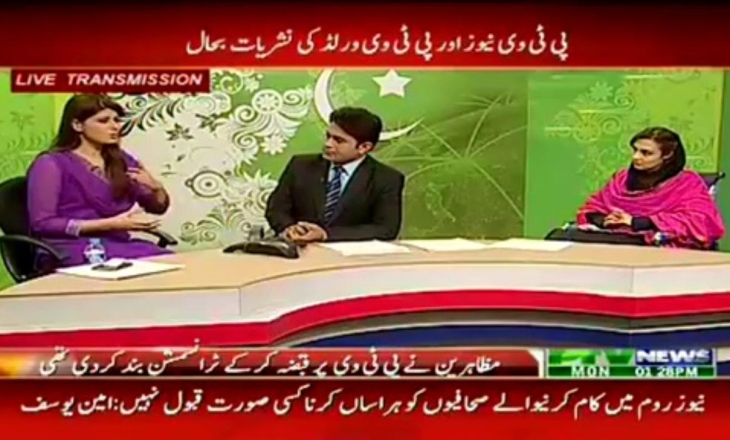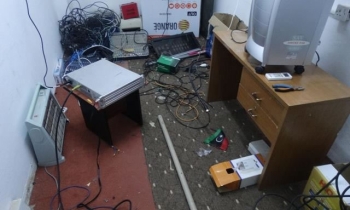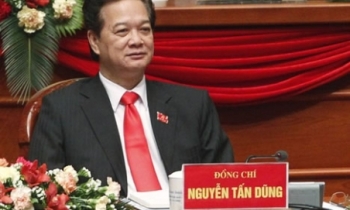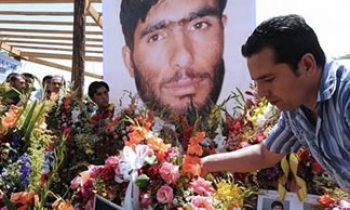In the complex media landscape of Pakistan, ethnicity has emerged as a key indicator in predicting media credibility.
Researchers have concluded that in a scenario where ethnic composition is critical to national politics, minority ethnic groups tend to find domestic television to be less credible, and international television or traditional media to be more credible, than do members of the majority Punjabi group.
Media reliance is a significant indicator of media credibility assessment—particularly regarding media such as international television and the Internet — as media reliance hinges on the availability of a media infrastructure.
The findings indicate that the Punjabi group assesses domestic television as more credible and tends to evaluate other media types as less credible, in contrast to evaluations by other ethnic groups. This finding, the researchers point out, is contrary to most credibility studies in Arab and South Asian contexts in which local media is deemed less credible.
One possible explanation, they argue, is that the positive evaluation of domestic television credibility may stem from the perception that local television news provides relevant information about the country as a whole, in which the elite status of Punjabi ethnicity is inherently represented.
Pakistan’s ethnic makeup largely follows linguistic lines, and various groups use language as a primary marker of ethnic identity. The 1998 census (the most recent official census) placed Punjabi at 44% of the population, followed by Pashtun at 15%, Sindhi at 14%, Saraiki at 10%, Urdu at 7.5%, and Balochi at 3.5%.
Punjabis are the elite ruling class in Pakistani society, holding influential positions in the government, civil service, and military. Their language skills include English and Urdu as well as the local Punjabi language. The Punjabi also support the use of Urdu over the Punjabi language to foster successful social integration.
The researchers found that the Sindhi group is positively associated with international television credibility perceptions. This result might be understood under the existing rivalry between the Punjabi and Sindhi groups over the political and cultural supremacy of Pakistani society. According to a 2008 BBC survey, Sindh province—the most economically advanced province—shows the highest availability of cable or satellite connections.
Pakistan’s media system is highly diverse. More than 1,500 newspapers are affiliated with different ethnic and tribal groups, but yet it is dominated by an oligopolistic structure with control over most mainstream news media outlets. The new media emergwnce, however, is challenging this status quo.
The researchers concluded, "Our findings indicate that media reliance is a key variable in explaining new media or even specialised/targeted media credibility, which might be affected by the degree of availability of a media technology infrastructure, particularly in the context of developing countries such as Pakistan. Therefore, media reliance—which signifies to what degree one uses and relies on a specific newspaper, radio station, or magazine—might be a key variable to explain media use."










